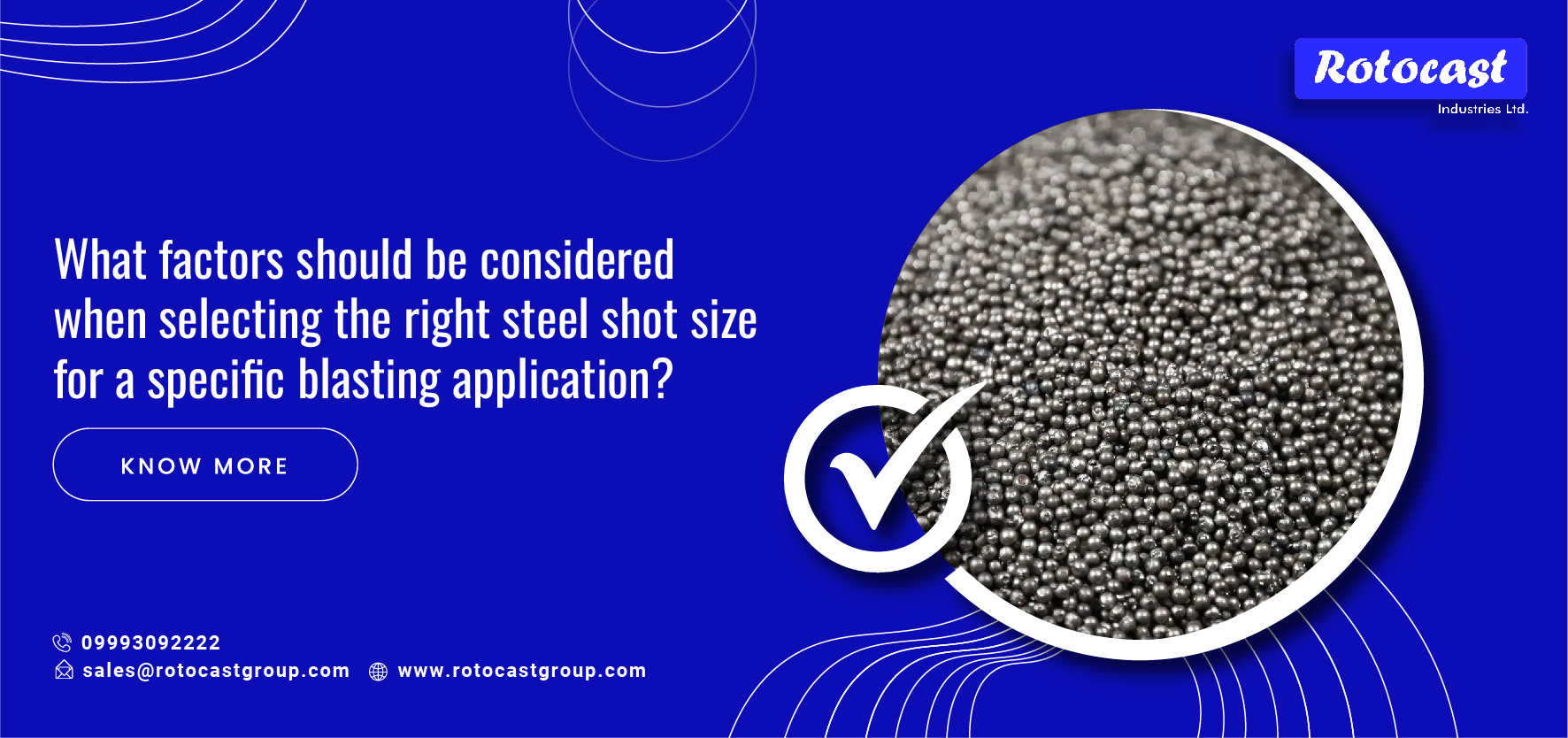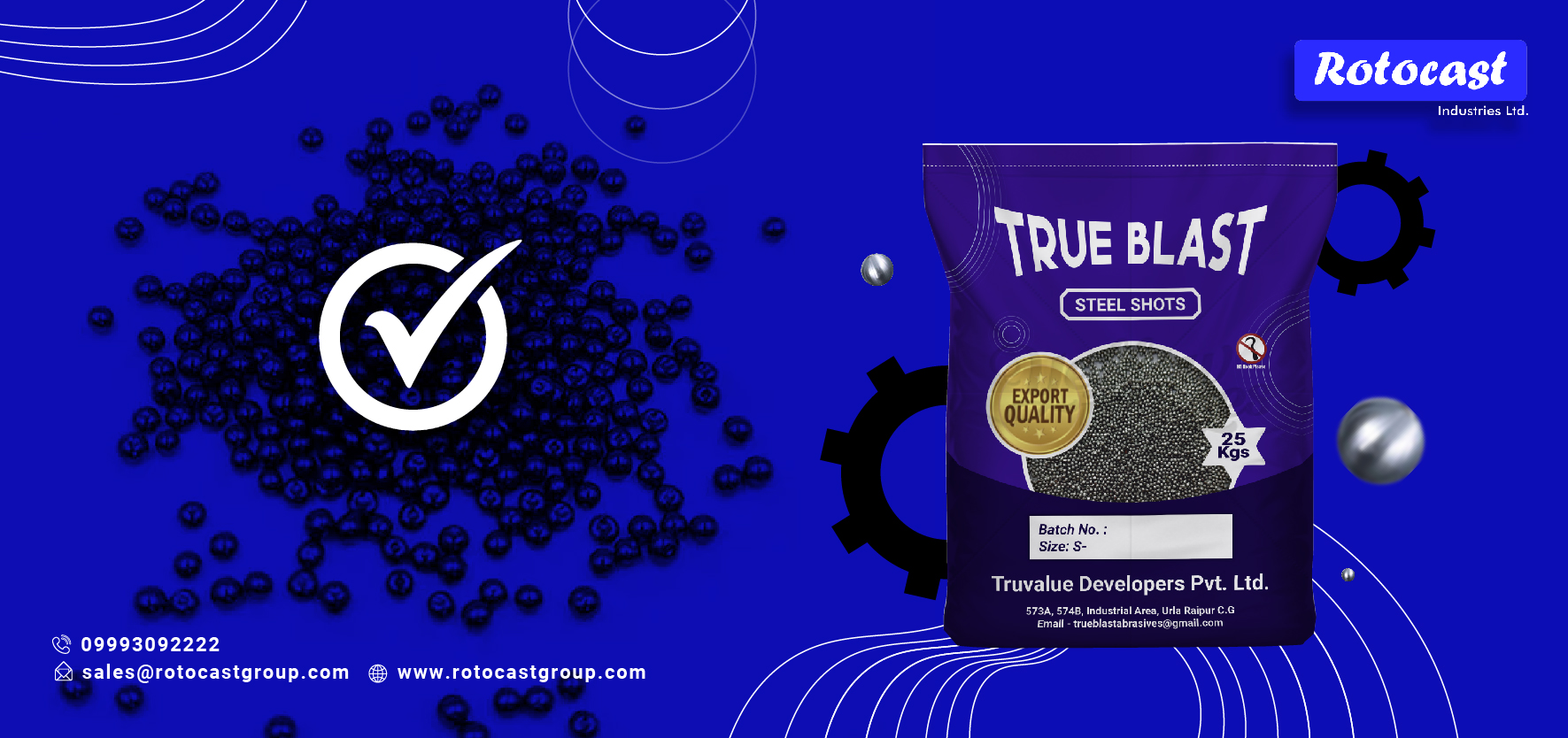
Selecting the right steel shot size for a specific blasting application is crucial to achieve the desired surface preparation, cleaning, or finishing results. The choice of steel shot size should take into account several factors to optimize the blasting process and the quality of the finished surface. Here are the key factors to consider:
- Surface Material and Condition:
- The material of the surface being blasted is a critical factor. Harder surfaces may require larger and more aggressive steel shots, while softer materials may need smaller and less abrasive shots.
- Surface Profile Requirements:
- Consider the desired surface profile or roughness. Larger steel shots tend to create deeper surface profiles, which may be necessary for specific coatings or applications.
- Coating or Contaminant Thickness:
- The thickness and type of coating or contaminants on the surface will influence the choice of steel shot size. Thicker coatings or heavy contaminants may require larger, more aggressive shots.
- Blasting Equipment and Settings:
- The type and capacity of the blasting equipment, such as the blast cabinet, nozzle size, and air pressure, should be compatible with the chosen steel shot size. Ensure that the equipment can handle the selected shot size effectively.
- Blasting Process:
- The blasting process itself, including nozzle distance, angle, and speed, will affect the performance of the steel shots. Adjustments may be necessary depending on the shot size to achieve the desired results.

- The blasting process itself, including nozzle distance, angle, and speed, will affect the performance of the steel shots. Adjustments may be necessary depending on the shot size to achieve the desired results.
- Cleaning Efficiency:
- Consider the level of cleanliness required. Smaller steel shots may be more efficient in removing contaminants from intricate or irregular surfaces, while larger shots might be needed for heavy-duty cleaning.
- Profile Tolerance:
- Determine the allowable surface profile tolerance for the application. Smaller steel shots tend to produce a more consistent and fine profile, while larger shots may create a coarser profile with greater variability.
- Cost Considerations:
- Larger steel shots are typically more durable and have a longer lifespan, potentially reducing overall costs in terms of media replacement and equipment wear. However, they may be more expensive initially.
- Environmental Impact:
- Consider environmental factors, such as dust generation and media disposal. Smaller steel shots may generate less dust but may require more frequent replacement.
- Safety:
- The size of the steel shots can impact safety. Smaller shots may pose less risk of rebounding or ricocheting but may require more protective measures against dust and fines.
- Regulatory Compliance:
- Ensure that the chosen steel shot size complies with any local or industry-specific regulations and standards related to abrasive blasting.
- Quality Control:
- Implement a quality control process to monitor the blasting results and adjust the steel shot size as needed to achieve the desired surface quality.
- Testing and Evaluation:
- Conduct tests or trials with different steel shot sizes on a sample surface to assess their effectiveness and compatibility with the application.
In summary, selecting the right steel shot size for a specific blasting application involves a careful evaluation of the surface material, contaminants, equipment, and desired results. By considering these factors, you can choose the most appropriate steel shot size to achieve the desired surface finish efficiently and effectively while minimizing costs and environmental impact.

